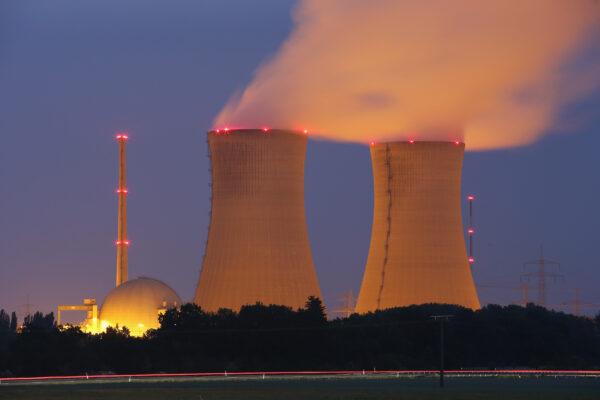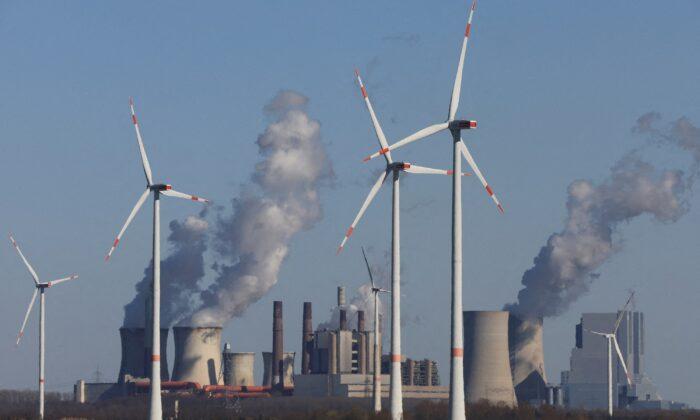Germany is bringing back some of its coal power plants online ahead of the winter season amid concerns about a potential shortage of natural gas supplies.
“The supply reserve will be reactivated in order to save gas in electricity generation and thus prevent supply bottlenecks with gas in the 2023/2024 heating period,” the government said, according to media network Euractiv.
The decision is expected to keep the price of electricity down by around 0.4 euros per Megawatt-hour (MWh) to 2.8 euros per MWh.
Germany already has 45GW of coal power plants. The latest decision will keep an additional 1.9GW of lignite capacity ready to meet any immediate energy needs.
The government issued an order to allow the renewed activation of coal power units under energy firms LEAG and RWE AG on Wednesday.
The order will affect two coal blocks from RWE and two from LEAG. These facilities were operational during the last winter season and were placed on standby in July this year. The order will now reactivate these units.
Germany’s Energy Woes
Even as the reactivation of a few coal units adds to Germany’s energy security, the country phased out its last remaining nuclear reactors earlier this year, which will tighten the power supply during the winter.
The nuclear plant shutdown, which occurred in April, had attracted strong criticism due to the country’s ongoing unstable power supply situation. On April 14, a group of scientists, including two Nobel laureates, called on the government to reverse its decision.
“Their energy policy is a disaster for citizens, for companies, and for the German economy. In the meantime, they are imposing this devastating energy policy on the rest of the EU.”
Germany is currently seeking to fill its energy shortage by constructing additional LNG infrastructure. The country also plans to build gas-powered plants that could later be converted to hydrogen.
The government is weighing whether to extend operations of two RWE lignite power units until spring 2025.
US, China Coal Situation
Like the German government, the United States is also implementing anti-coal policies under the Biden administration.
Lignite coal plants could face a 70 percent cut in their emissions limit for mercury under the proposed rule. In addition, the emission limit for filterable particulate matter could be reduced by two-thirds. This move is supposed to address hazardous pollutants coming from the plants, per the agency.
The lignite plants also have to use continuous emission monitoring systems to ensure compliance with these new limits.
Conor Bernstein, a spokesperson for the National Mining Association, said that the rule fits with the broader efforts to limit coal use by the EPA.
“The cumulative effect of the EPA’s agenda is a less reliable and increasingly expensive supply of electricity as the nation continues to struggle with energy-driven inflation,” he said.
“50 GW of coal power capacity started construction in China in 2022, a more than 50 percent increase from 2021. Many of these projects had their permits fast-tracked and moved to construction in a matter of months,” the report said.
“A total of 106 GW of new coal power projects, the equivalent of two large coal power plants per week, were permitted. The amount of capacity permitted more than quadrupled from 23 GW in 2021.”







